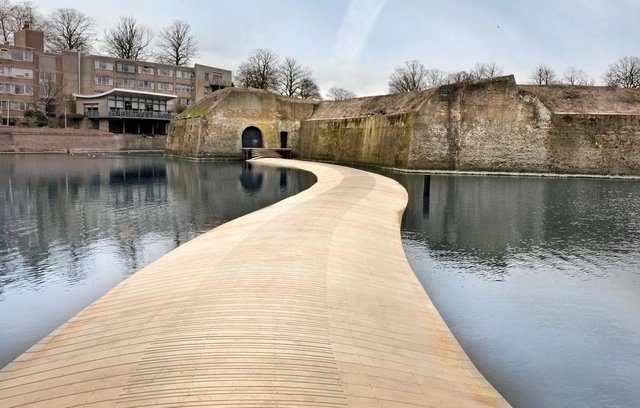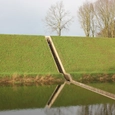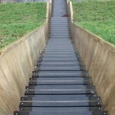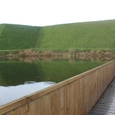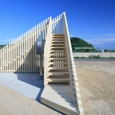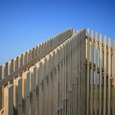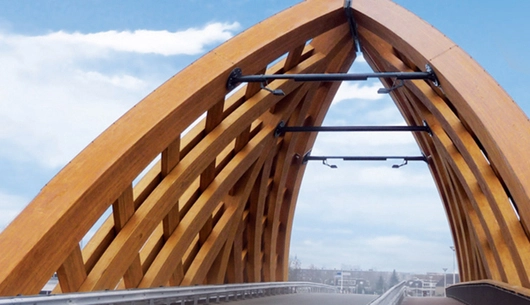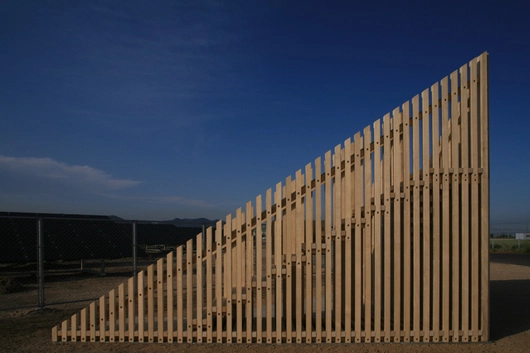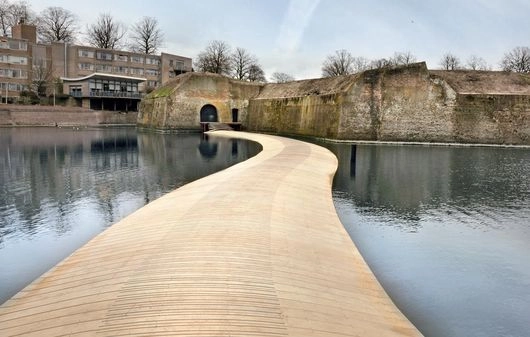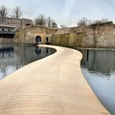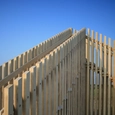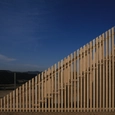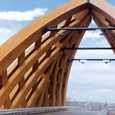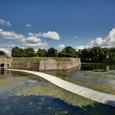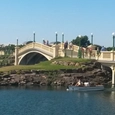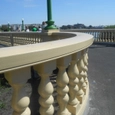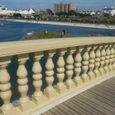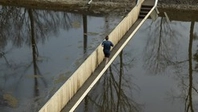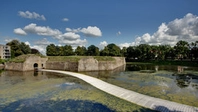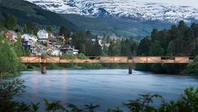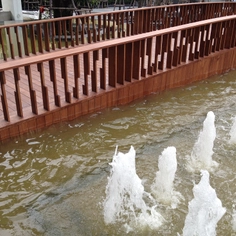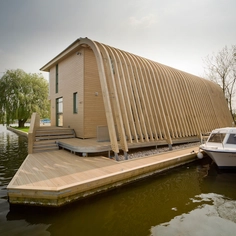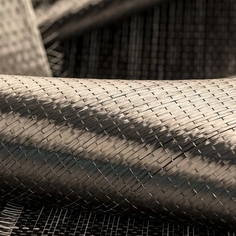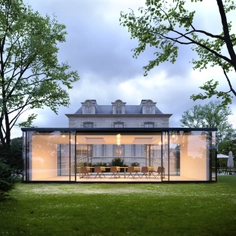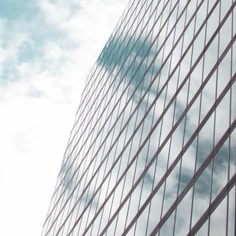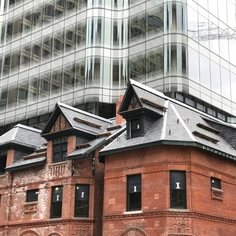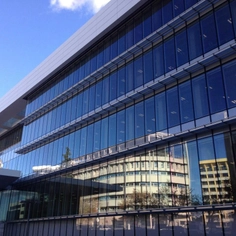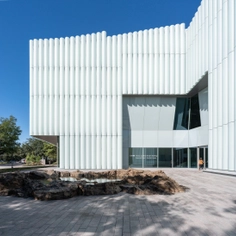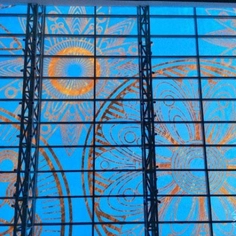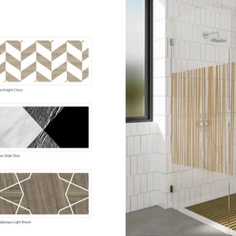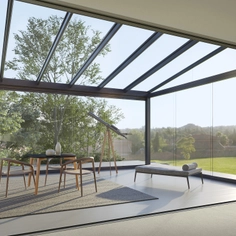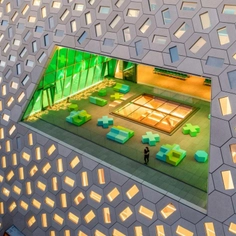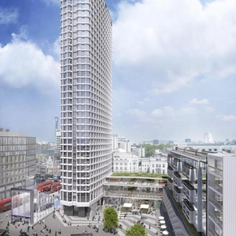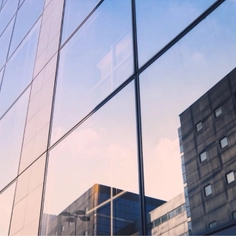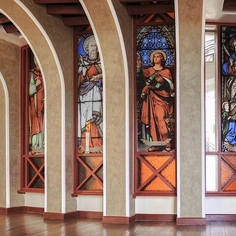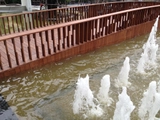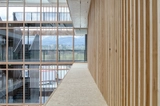Until now, using wood in damp external conditions for structural applications has been a real challenge. With Accoya all that can now change. Accoya wood can be glue-laminated so it can be used effectively in road bridges, walkways, structural beams for housing, street lighting, and many more structural applications. Accoya structural wood can open up new possibilities for the use of wood.
Heavy traffic road bridges, the Netherlands
Accoya® wood can be used to replace traditional construction materials such as steel. It was used for a unique heavy traffic road bridge at Sneek in the Netherlands. The bridge, measuring 20 meters high by 40 meters long has a cycle lane and two traffic lanes for road traffic up to 65 tonnes. Accoya® was laminated into large sections measuring 1080 x 1400 mm to create this innovative structure.
The Mega Solar Beldevere, triangulated Accoya structure in Japan
The support of alternative, “safe” energy sources is steadily growing within Japan. The knowledge and awareness of them is not. This led an owner of a Photovoltaic Plant in Asakuchi City, Okayama-Ken,(岡山県浅口市寄島町), Japan (south of Japan) to help educate the young people of today. The vision of the owner is to enable children on school trips to visit the plant and learn about Solar Power, Photovoltaics. A structure was required to enable the young people to view across the plant. The biggest issue was to ensure that the structure did not cast a shadow across the plant.
Accoya Floating Bridge
Accoya® has been used to create a unique “floating” bridge in the Dutch city of Bergen op Zoom. Ro Koster and Ad Kil, of Bergen op Zoom-based RO&AD Architects, who also mastered the famous and award-winning Moses Bridge in Halsteren, designed the 80m floating pedestrian bridge to allow access to the 18thcentury fort’s entrance. Its snake-like path mimics the journey and motion of the boats which originally traveled there.


